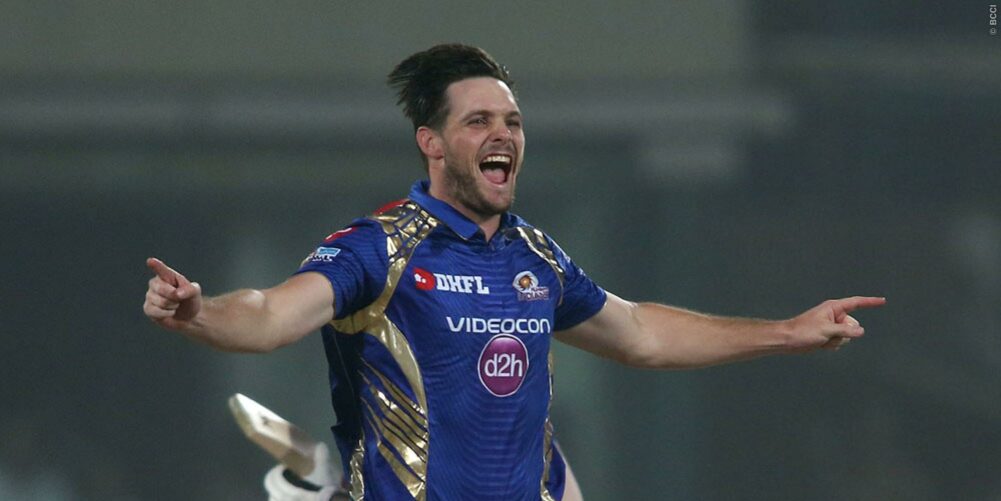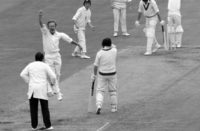Tim Wigmore applauds the sensible approach taken by New Zealand over player release for T20s
New Zealand arrive in Ireland this week for their tri-series against Bangladesh and the hosts. These are New Zealand’s last four ODIs before the Champions Trophy and, as such, a vital part of their preparations. Just do not mistake the side who will represent New Zealand for the team who will play for the black caps in the Champions Trophy.
A whooping ten Kiwi players will not be taking part in the Tri-Series, but instead playing in the Indian Premier League. It is a salutary reminder of how domestic T20 leagues have eroded the primacy of international cricket. The same can be seen in the plethora of West Indies players in the IPL who have no interest in playing in their ongoing Test series against Pakistan.
Yet there the similarities end. Because while the West Indies have been ravaged by the IPL, New Zealand Cricket have learned to love it.
Ever since Brendon McCullum’s astounding 158 on the opening day of the IPL in 2008, New Zealand have realised that the IPL changed everything, and their old way of managing their cricketers would need to be ripped up. Wherever possible, the board attempt to avoid scheduling any cricket during the IPL; the Tri-Series was not arranged with New Zealand envisaging a full-strength team, but to ensure that their cricketers not wanted by the IPL can be match fit by the time the Champions Trophy comes around.
New Zealand know that club v country is a battle they cannot win. A report by FICA, the players’ association, last year found that a player could earn $230,000 a year playing in all three formats of the game for New Zealand, but could earn $500,000 for playing in three domestic T20 leagues.
So New Zealand’s approach is to allow their players to play in as many T20 leagues as possible, scheduling fewer internationals than other countries as a result. By doing so, they have established warm relations with their players – who need New Zealand to build up their profile to win contracts in T20 leagues.
It is a mutually beneficial relationship, and might even leave Cricket New Zealand better placed to convince the nation’s best athletes to pick cricket over rugby or football, knowing the IPL riches that soon await.
And it shows the West Indies, a nation with a similar cricket economy, what might be possible with a little more pragmatism from the board, in place of needless antagonism – like ruling that players need to play domestic 50-over cricket to be considered for the national ODI side, and could not play in the Big Bash League, which takes place at the same time, instead.
This policy was exposed as farce last year when Kieron Pollard and Sunil Narine were named in the West Indies ODI squad. Both had been injured earlier in the year – and therefore had to give up their BBL contracts – so were considered eligible for selection; they would not have been able to play had they been fit before, and so played in the BBL.
New Zealand prove that smaller cricket nations, if they are astute, can manage the IPL in a way that can enhance, not undermine, their side. Yet their policy will be tested more than ever in the coming years. The IPL seems certain to expand – either to a 75-day season, or a three-week second season in September. For New Zealand that will pose a new challenge to the peaceful co-existence with the IPL they have maintained for a decade.
This piece originally featured in The Cricket Paper, May 12 2017
Subscribe to the digital edition of The Cricket Paper here















